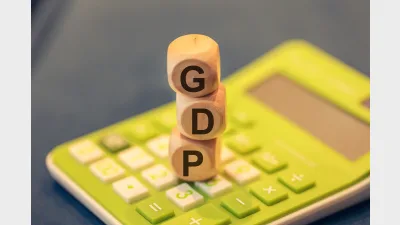ETPs reduce in-house investing burden


Exchange-traded products (ETPs) are helping institutional investors overcome some of the difficulties involved in transitioning to an in-house investment model, according to Kevin Quigg, State Street global head of strategy and consulting.
He said a recent State Street report into Asian institutions and ETP usage found ETPs were most commonly employed as tools for strategic investing.
The research found core/satellite, portfolio completion and hedging/risk management were the top three reasons Asian (ex-Japan) institutions used ETPs.
While 66 per cent of respondents used ETPs for core/satellite allocations, 47 per cent for portfolio completion and 36 per cent for risk management, cash equitisation was also highlighted as a reason for institutions to look to ETPs.
Quigg said the trend towards bringing investment expertise in-house was driving ETP usage in strategic applications.
"You can hire a different manager for every asset class in the world, and when you bring it in-house there are certain areas of the market where either operationally, you're not going to be able to transact in the market or…there may be other areas of the market that you can't construct because of size," he said.
Quigg said ETPs had reduced the burden of building a fixed income allocation for institutional investors and provided liquidity that was not normally a feature of the asset class. Fixed income was the fastest growing area of ETPs, Quigg said, and had grown from six products in 2002 to 173 today.
The report said potential tax advantages were seen to be the most important benefit of ETPs to Australian institutional investors, with over 50 per cent of respondents saying tax was an important consideration.
Asian institutions rated liquidity (85 per cent) as the most important factor in ETP investing, followed by tracking error (61 per cent) and expense ratio (53 per cent).
Over 80 per cent of respondents allocated up to 5 per cent to ETPs, which was aligned with the breakdown in other regions, State Street said. Approximately 40 per cent of respondents said they would increase ETP usage, while 46 per cent said they would keep current allocations.
Recommended for you
Economic growth was weaker than expected, once again highlighting an economy largely sustained by population growth and government spending.
In this latest edition, Anna Shelley, CIO at AMP, shares the fund’s approach to current market conditions and where it continues to uncover key opportunities.
The mega fund has announced a $2.2 billion investment in a leading data centre platform, bringing its global real assets portfolio to nearly $60 billion.
In this latest edition, Australian Retirement Trust’s head of global real assets Michael Weaver explains the fund’s approach to finding new opportunities as it surpasses $300 billion in funds under management.













